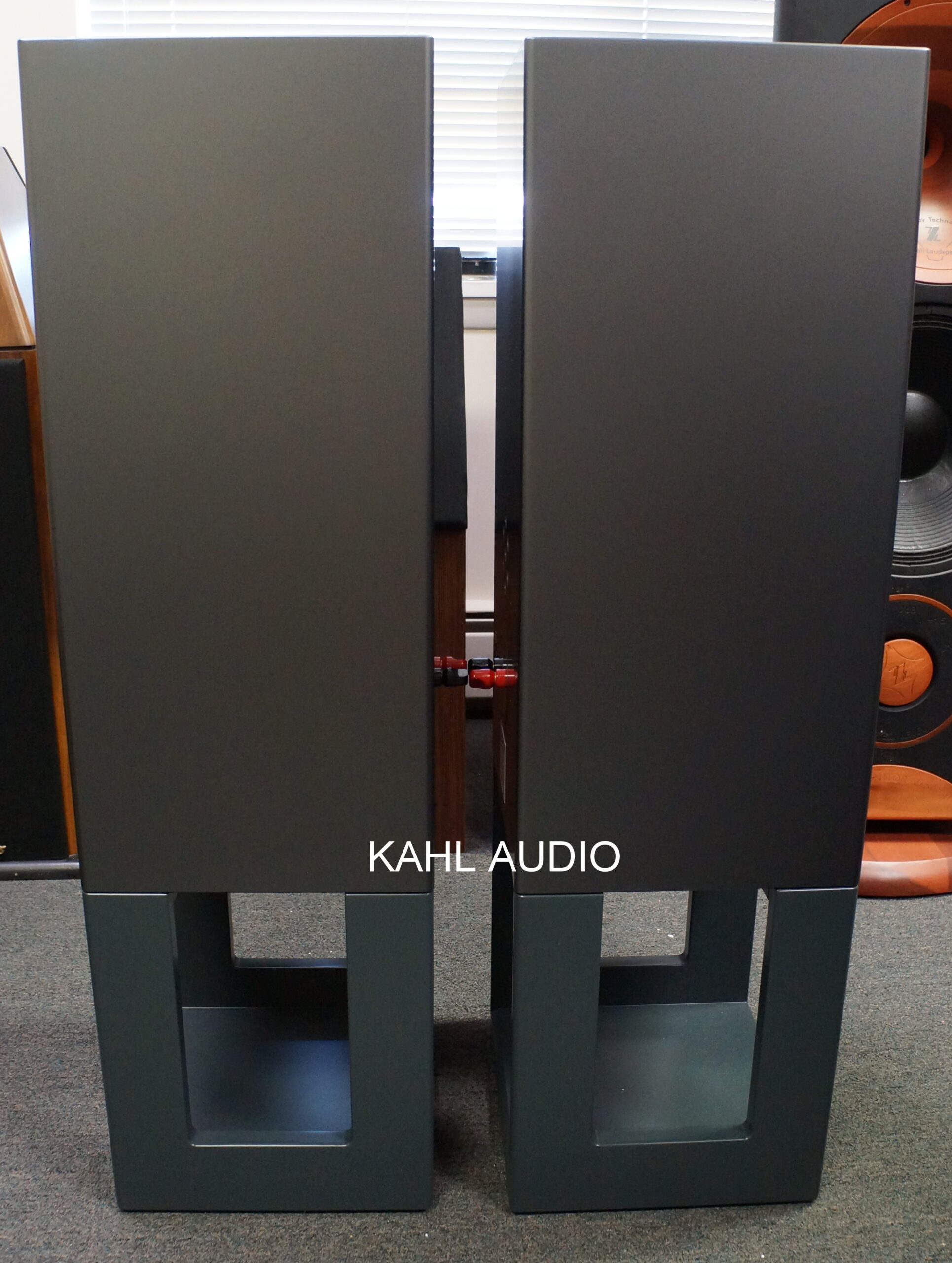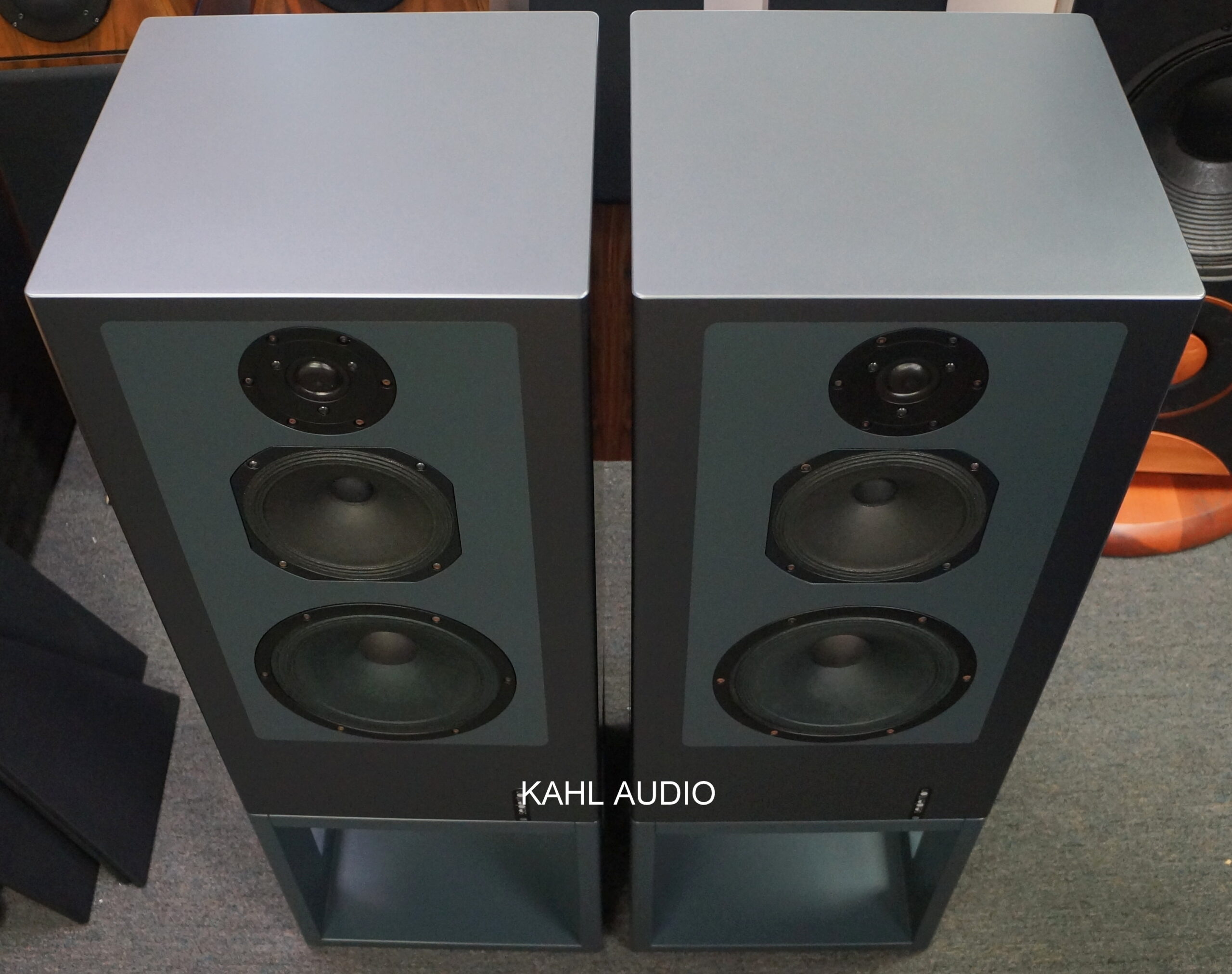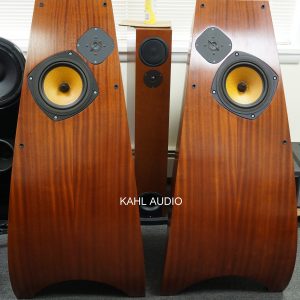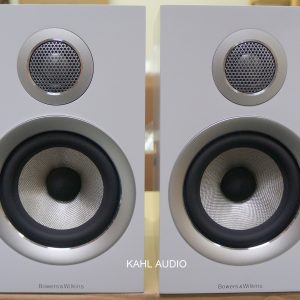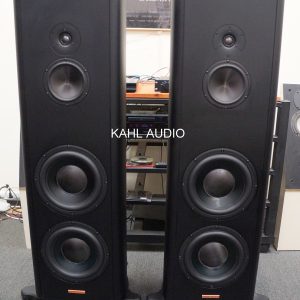Overview
The Seidenton STB Studio Alnico speakers may draw a few similarities with Harbeth’s M40.3 like how they are both three way speakers and both are physically large for bookshelf speakers. But one of the key difference is that the Seidenton speaker uses the Alnico magnet system in their driver which gives the speaker a more alluring sound. They are not as bass heavy or punchy as the Harbeths but have a slightly smoother and less dense mid-range and more rounded highs that distinguish it from the Harbeth. The STB Studio is also the easier speaker to drive with 91.5 dB sensitivity and a nominal impedance of 4 ohm while the M40.3 is 86 dB and have a nominal impedance of 6 ohm. In terms of frequency range, the Harbeth is the bass champ. It extends down to 35 Hz while the STB Studio stops at 45 Hz with its high a bit more extended at 25 kHz compared to 20 kHz in the M40.3. The STB Studio comes with its own matching stands where the top plate of the stands have four corner pins that insert into bottom plate of the speaker (access hole already pre-drilled from the factory) where it “bonds” the two piece together into one integrated “floorstanding speaker”. This special design function really locks both the speaker and stands firmly together and gave it added rigidity and isolation that would have otherwise not be present had the speakers placed on other speaker stands. The speaker with the stands stands about 42″ tall, 14′” wide and 13″ deep. Built and finish is typical Swiss manufacturing finesse – perfectly cut lines and top grade furniture quality finish. The speakers need a fair amount of space around them to really sound their best. In our listening room, we had them 6′ apart, slightly toed in with 3′ away from the side and back walls. The resulting soundstage was immersive with great depth and imaging. Vocals and jazz were the clear winners with the STB Studio while bass heavy music and rock better suited with the Harbeth. The STB Studio in our opinion, really outmatched the Harbeth in vocals when driven by tube amps. They just sounded more natural, more “live” sounding. A top notch amp is mandatory to drive these speakers where they can be full exploited with a good strong current. Manufacturer recommends a minimum of 10W to drive these speakers.




